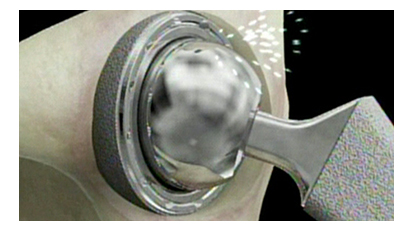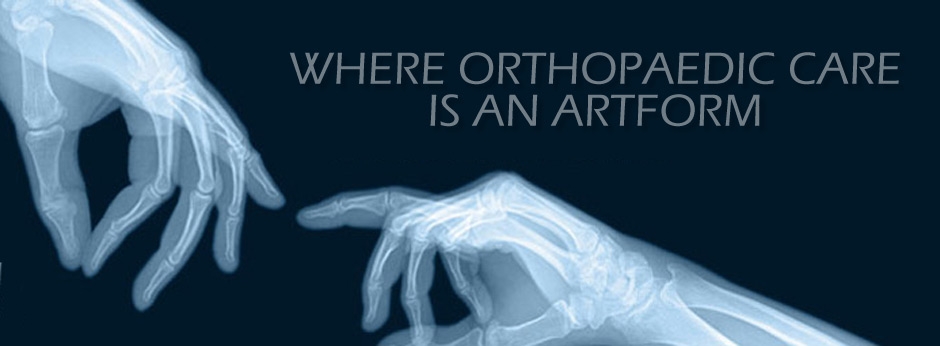Hip Arthroplasty

What is arthroplasty?
Arthroplasty is a surgical procedure to restore the integrity and function of a joint. A joint can be restored by resurfacing the bones. An artificial joint (called prosthesis) may also be used. Also called total hip arthroplasty, hip replacement surgery may be an option if the hip pain interferes with daily activities and more-conservative treatments haven't helped.
Arthroplasty may be used when medical treatments no longer provide adequate relief from joint pain and/or disability
Various types of arthritis may affect the joints. Osteoarthritis, or degenerative joint disease, is a loss of the cartilage or cushion in a joint, and is the most common reason for arthroplasty.
People who have arthroplasty generally have substantial improvement in their joint pain, ability to perform activities, and quality of life, so these are important reasons for the procedure as well.
What does it involve?
Hip replacement is a very effective surgery for relieving pain from arthritis. A total hip replacement consists of replacing both the socket (acetabulum) and the ball (femoral head) with metal and plastic components referred to as the prosthesis, in a surgery that takes approximately 1 hour. Surgical techniques have been refined over the last decade leading to a shorter hospitalization, less discomfort and fewer complications.
While undergoing surgery, the patient may be under general anesthesia or sedated with spinal anesthesia.
When is hip replacement needed?
Several hip problems occur that result from many years of wear and tear, disease or injury. The ones that commonly lead to a need for hip replacement are:
- Osteoarthritis, a degenerative, joint disease that affects mostly middle-aged and older adults, causes the loss of joint cartilage and adjacent bone in the hips.
- Rheumatoid Arthritis, which causes inflammation of the synovial membrane (the lining of the joint) and results in excessive fluid, can lead to severe pain and stiffness.
- Traumatic Arthritis, arthritis due to injury, can cause damage to the articular cartilage of the hip.
- Hip fracture, hip replacement is one method of treating a hip fracture. A fracture is a traumatic event that may result from a fall. Pain from a fracture is severe and walking or even moving the leg is difficult.
- Avascular necrosis
- Other conditions that may cause hip joint degeneration and require hip replacement include infections and hip deformities.
The decision to replace the painful hip with an artificial one is a decision made by the patient and doctor.







